This change not only expands the scale and improves people's access to education, but also reshapes the distribution of training facilities in key economic regions, creating momentum for inter-regional development.
Many university centers
Ho Chi Minh City is also the headquarters or branch of many large schools from Hanoi such as Foreign Trade University, University of Transport, University of Water Resources, Academy of Posts and Telecommunications Technology, National Academy of Public Administration and Management...
On July 15, 2025, Decision No. 1531/QD-TTg of the Prime Minister marked a historical milestone when transforming Can Tho University into Can Tho University - the 11th university of Vietnam. Can Tho University is assigned the responsibility of training, research and technology transfer, serving the socio-economic development of the Mekong Delta region and the whole country.
With a scale of more than 49 thousand students, the school currently offers 121 undergraduate programs, 59 graduate programs and 24 doctoral programs, covering 19 training fields. The system of Can Tho University includes 6 specialized schools, 10 faculties, 3 research institutes and 1 Pedagogical Practice High School. In the future, Can Tho University plans to establish 3 more schools: Social Sciences and Humanities, Natural Sciences, Environment and Natural Resources, towards a multidisciplinary, multi-field university model.
Can Tho City - "the capital of the West" - not only has Can Tho University but also gathers many large educational institutions such as Can Tho University of Medicine and Pharmacy, Can Tho University of Technology and Engineering, Nam Can Tho University, Tay Do University, Vo Truong Toan University, and branches of FPT University and Ho Chi Minh City University of Architecture.
Compared to neighboring provinces, Can Tho leads in the university education system, followed by Vinh Long with 5 campuses: Vinh Long University of Technical Education, Western University of Construction, Tra Vinh University, Ho Chi Minh City University of Economics Branch, Ho Chi Minh City National University Branch. Dong Thap has 2 campuses: Dong Thap University and Tien Giang University.
An Giang has 2 campuses: An Giang University and Kien Giang University. Ca Mau has Bac Lieu University and Binh Duong University Branch. It can be said that the university system in the Southwest is forming a closely linked network, with Can Tho University playing the role of a scientific and academic center, coordinating and connecting the whole region.
Before the administrative boundary merger, Ho Chi Minh City was one of the two largest higher education centers in the country, with more than 60 facilities and a training scale of about 600,000 students. Universities spread from the inner city to the suburbs, creating a diverse and dynamic training network.
The most prominent in this system is Ho Chi Minh City National University - a key university complex with an area of over 643 hectares, including 8 member schools and a scale of over 100,000 students by the end of 2024, including 97,000 full-time students. Ho Chi Minh City University of Economics (UEH) is also a big name with nearly 40,000 students.
Meanwhile, before the merger, Binh Duong had 5 universities: Binh Duong University, Thu Dau Mot University, Vietnam-Germany University, Eastern International University, Binh Duong University of Economics and Technology) and other branches. Ba Ria - Vung Tau had 2 schools: Ba Ria - Vung Tau University and Vietnam University of Petroleum.
The total number of students in these two provinces previously reached about 70 thousand. The merger with Binh Duong and Ba Ria - Vung Tau has increased the total number of higher education institutions in Ho Chi Minh City to more than 70, meeting all human resource needs from engineering, medicine, agriculture to social sciences.
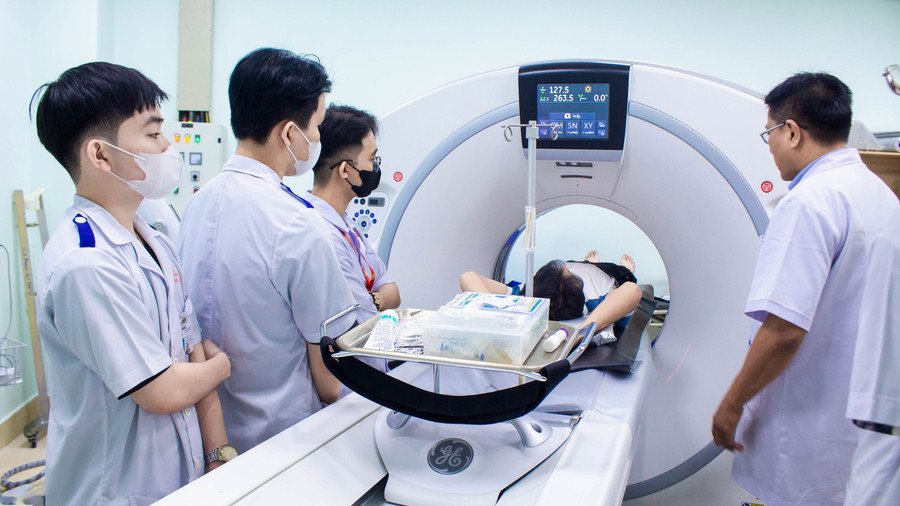
Access to higher education
The merger of administrative boundaries also brings access to higher education for people in many localities. Gia Lai previously had only 3 branches: Ho Chi Minh City University of Agriculture and Forestry, University of Forestry, Ho Chi Minh City University of Education), now has Quy Nhon University and Quang Trung University after merging with Binh Dinh.
Dak Nong previously had no university or university branch. After merging with Lam Dong and Binh Thuan to become Lam Dong province, this locality has Da Lat University, Yersin Da Lat University, Phan Thiet University and 2 branches of Ho Chi Minh City University of Architecture and Ton Duc Thang University.
Similarly, after more than a year of efforts, in June 2025, Binh Phuoc province had the first university branch of Ho Chi Minh City University of Technical Education. After merging with Dong Nai, this locality has 4 higher education institutions: Dong Nai University, Lac Hong University, Dong Nai University of Technology, Eastern University of Technology and 2 branches of the University of Forestry and Ho Chi Minh City University of Technical Education.
In early 2024, the People's Committee of Tay Ninh province called for investment in university branches in the province on the basis of merging Tay Ninh Pedagogical College. Many university delegations have conducted surveys and proposed to establish branches of local schools, but there is no official project yet.
Now, after merging with Long An, Tay Ninh has 3 higher education institutions: Long An University of Industry and Economics, Tan Tao University and Ho Chi Minh City University of Education Branch.
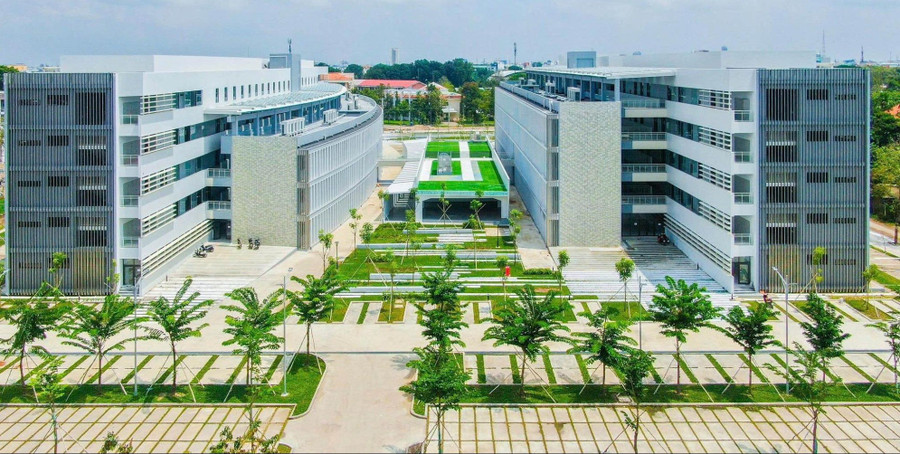
Linking problem
The merger of Ho Chi Minh City with Binh Duong and Ba Ria - Vung Tau marked a historic turning point, opening a new era for the “new Ho Chi Minh City”. Not only expanding in geographical scale and population, this “super city” also consolidated its position as an economic and financial center, and at the same time rose to become the leading logistics, industrial and marine service hub in the country. Besides bright prospects, this process also poses many challenges, requiring the active participation of scientists, universities and research institutes.
At a workshop on planning vision and economic development drivers of Ho Chi Minh City held in mid-June 2025, Prof. Dr. Su Dinh Thanh - Director of Ho Chi Minh City University of Economics (UEH) - said that "New Ho Chi Minh City" not only changes in spatial appearance or administrative boundaries, but also requires a breakthrough development model, long-term strategic vision and a completely new approach to growth drivers.
He emphasized that to realize the vision, Ho Chi Minh City needs a systematic, consistent and long-term planning strategy. In which, the role of the State is to coordinate and create policies, but the accompaniment of academia, experts and the community plays a key role.
Dr. Ho Thanh Tri - Director of HUIT International Institute, Ho Chi Minh City University of Industry and Trade - said that in the context of globalization and the trend of transforming the growth model based on knowledge, the formation of integrated university cities is not only an inevitable trend but also becomes a strategic driving force for the socio-economic development of many countries.
China, with its rapid urbanization and strong investment policies in higher education, has witnessed the emergence of a series of innovative university urban models in economic centers such as Shanghai, Hangzhou, Shenzhen, and Guangzhou. These experiences have brought both great success and internal problems, providing valuable lessons for Vietnam on its journey to build its own university urban areas.
According to Mr. Tri's research, the development of university cities in China also revealed many challenges such as the separation between university and urban spaces leading to the phenomenon of "islandization"; imbalance between real estate development and scientific infrastructure; lack of close connection between training, research and industry. These are the problems that Vietnam, especially the Southern provinces, need to learn from in order to both learn from successful models and proactively avoid the "pitfalls" that have been identified from practice.
Particularly for the Southeast, the orientation of developing “university megacities” with Ho Chi Minh City as the central axis requires a modern planning vision, a flexible coordination mechanism and a deep integration between universities, businesses and research centers. International experiences, especially from China, if selected and adjusted appropriately, will make an important contribution to building a sustainable, smart university ecosystem, closely linked to the long-term regional development strategy.
To avoid the “islandization” trap – a situation where universities are isolated from the urban ecosystem, lacking transport connections, housing infrastructure and science and technology facilities – Ho Chi Minh City and other localities need to focus on integrated spatial planning. Experience from university cities such as Songjiang (Shanghai), Guangzhou and Kunming clearly demonstrates this.
The solution is to develop an integrated university urban model, in which educational institutions need to reserve at least 15% of their area for lecturer housing, dormitories and international schools. At the same time, it is necessary to limit the use of land around universities for commercial purposes, ensuring at least 40% of land fund for research incubation, talent housing and innovation space. In addition, the integration of industry - university - research is a key trend in the modern university urban model, turning "laboratories" into "production lines".
Another important step is the establishment of a “Southeast Technology Exchange” to license university patents at low cost, with priority given to small and medium-sized enterprises, similar to Hangzhou’s open patent mechanism. Finally, the establishment of an Early Technology Idea Appraisal Center to assess the commercialization potential of scientific research – a model effectively applied by China in the West Lake District – will help shorten the distance from research to market, while also receiving early-stage development budget support.
To optimize the power of universities and strengthen regional linkages, education experts emphasize the importance of the “shared university” model. This model allows universities to exchange, cooperate and share resources such as learning materials, libraries, laboratories, practice facilities, lecturers, researchers, staff, as well as facilities such as lecture halls and dormitories.
Dr. Le Viet Khuyen - Vice President of the Association of Vietnamese Universities and Colleges - affirmed that the nature of "shared university" is to "promote the strength of the system" of higher education. The fact that some schools have begun to apply this model is a positive signal, but there needs to be a specific mechanism to promote cooperation, avoid wasting resources and make the most of available potential.
Learning from the famous high-tech zones of Hangzhou and Shenzhen, Ho Chi Minh City and the Southeast region can implement specific initiatives. In the old Binh Duong area, the construction of the “Vietnam-Singapore Manufacturing Innovation Center” will focus on training technical human resources (mechanics, electricity, automation) linked to business needs.
Meanwhile, the Ba Ria - Vung Tau area (old) can develop universities/colleges specializing in Smart Logistics in the Cai Mep Port area, to train supply chain management, seaport logistics and infrastructure operations. - Dr. HO THANH TRI - Director of HUIT International Institute, Ho Chi Minh City University of Industry and Trade
Source: https://giaoducthoidai.vn/giao-duc-dai-hoc-sau-sap-nhap-hinh-thanh-sieu-do-thi-khong-chi-xu-the-ma-la-chien-luoc-post744335.html



![[Photo] National Assembly Chairman Tran Thanh Man attends the VinFuture 2025 Award Ceremony](/_next/image?url=https%3A%2F%2Fvphoto.vietnam.vn%2Fthumb%2F1200x675%2Fvietnam%2Fresource%2FIMAGE%2F2025%2F12%2F05%2F1764951162416_2628509768338816493-6995-jpg.webp&w=3840&q=75)
![[Photo] 60th Anniversary of the Founding of the Vietnam Association of Photographic Artists](/_next/image?url=https%3A%2F%2Fvphoto.vietnam.vn%2Fthumb%2F1200x675%2Fvietnam%2Fresource%2FIMAGE%2F2025%2F12%2F05%2F1764935864512_a1-bnd-0841-9740-jpg.webp&w=3840&q=75)





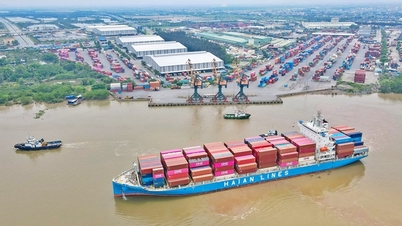




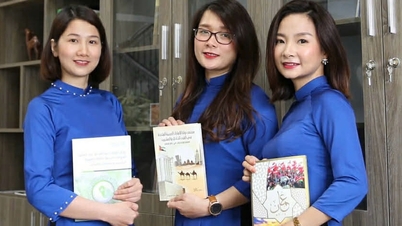

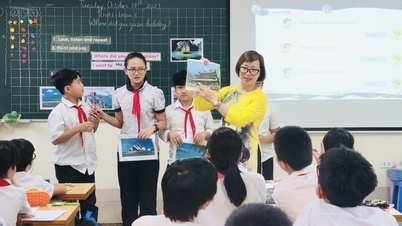

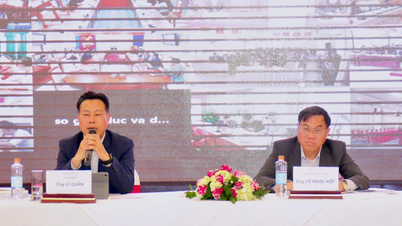






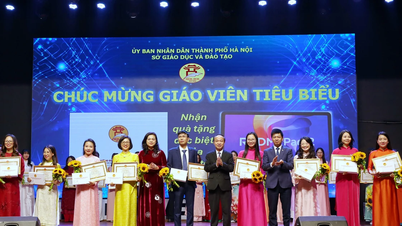


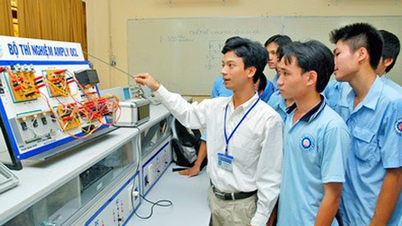
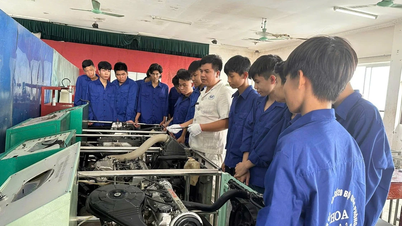
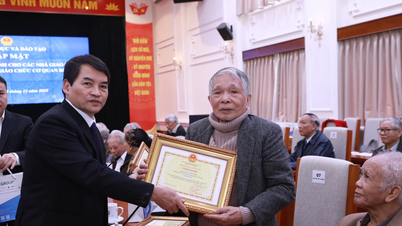






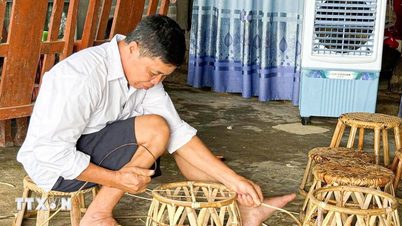

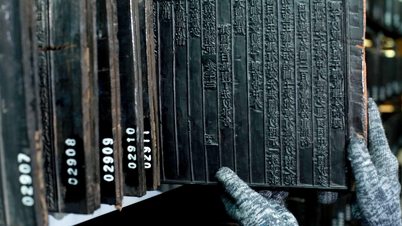






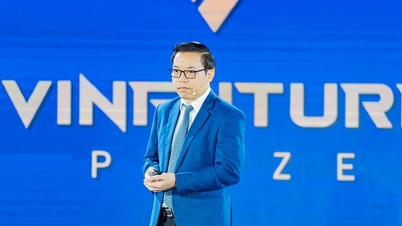
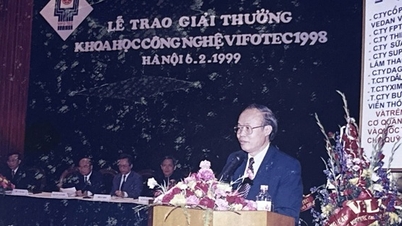

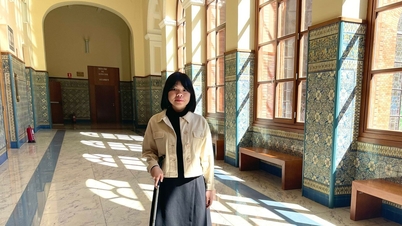
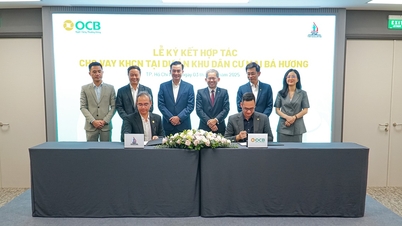

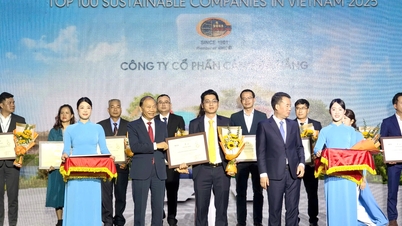
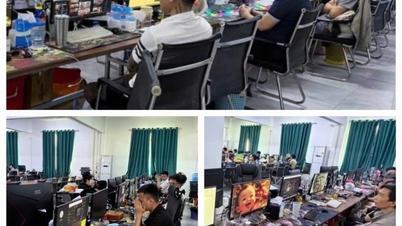
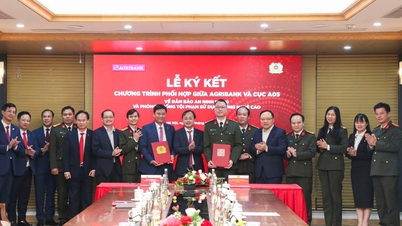

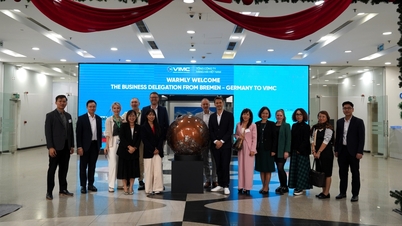
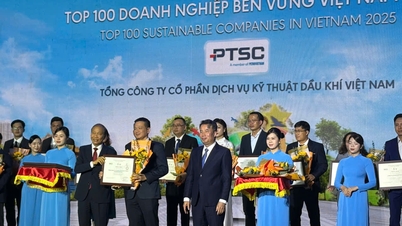












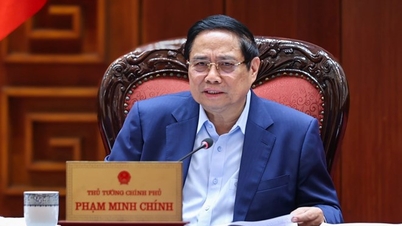

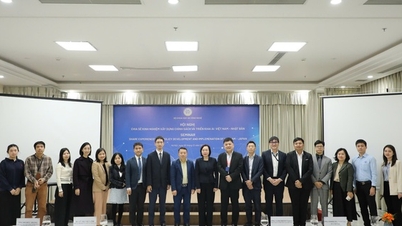
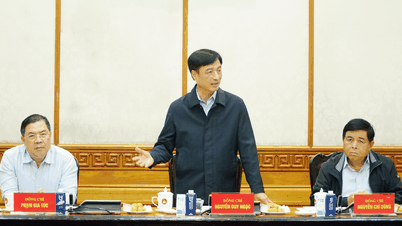

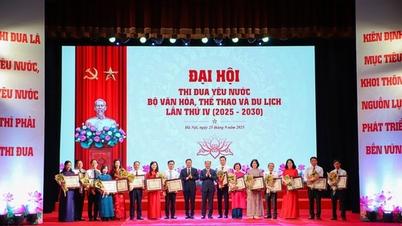

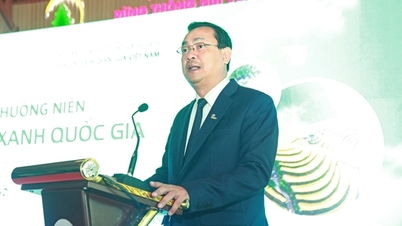
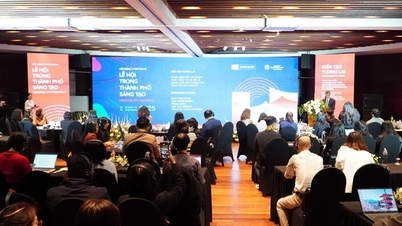
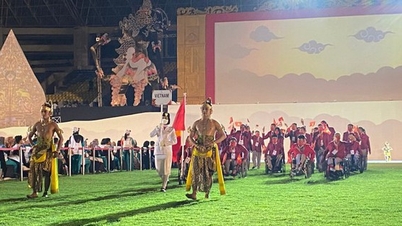





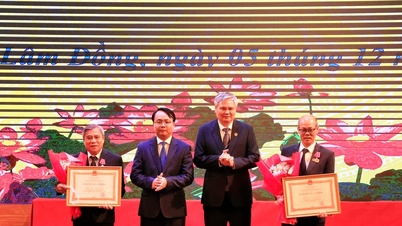
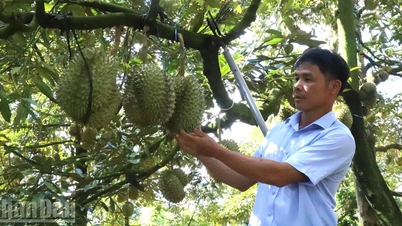
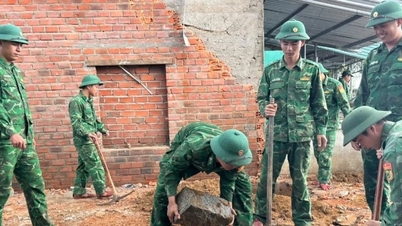

















Comment (0)